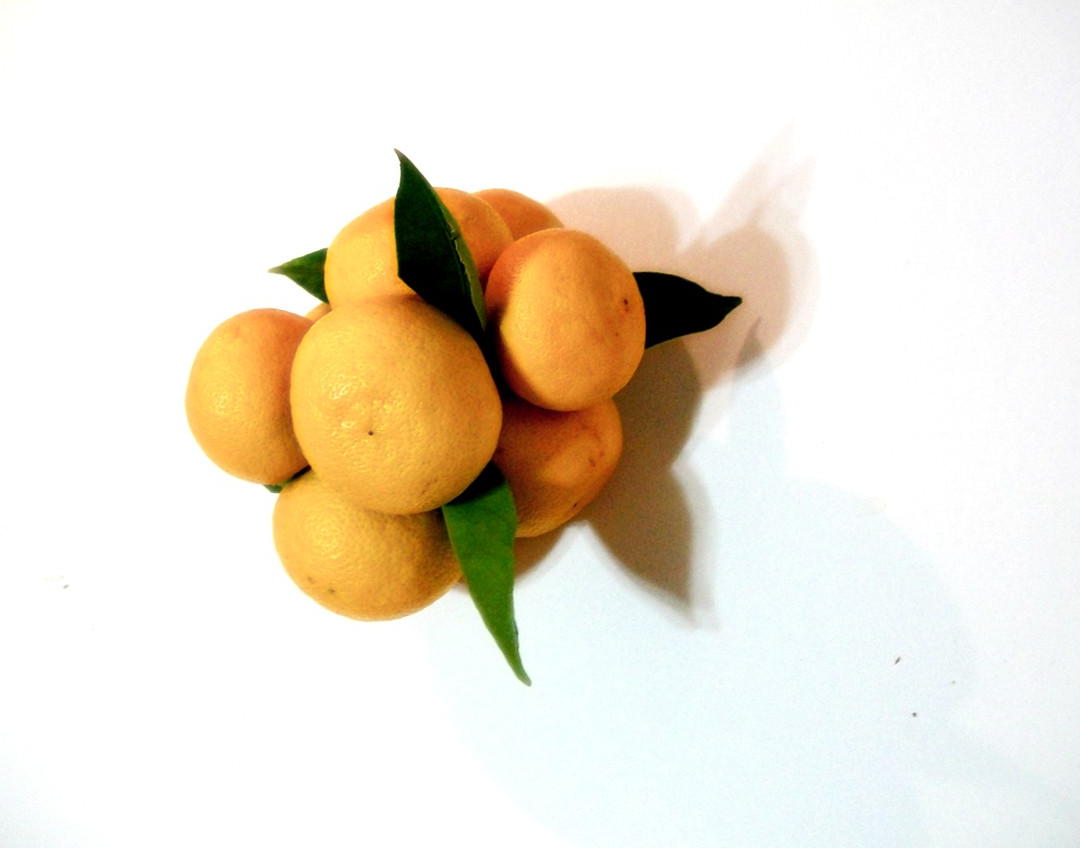! Nouveau site ici !
Vita > Plantae > Magnoliophyta > Magnoliopsida > Sapindales >
Rutaceae > Citrus
Citrus sudachi
(Sudachi)


 | ***
| ***
Vita > Plantae > Magnoliophyta > Magnoliopsida > Sapindales >
Rutaceae > Citrus
Citrus sudachi
(Sudachi)

-10/11°C
Un arbre. Il peut mesurer 5 à 8 m de haut. Les fleurs sont blanches. Les fruits sont petits et ronds et verts (traduction automatique)
⬀
Le  donne accès au menu
donne accès au menu (c'est votre point de repère) 😊 ;
En dessous vous avez la classification, à partir de la vie (Vita, premier rang) jusqu'à la classe au dessus de la plante, dont vous trouvez ensuite le nom scientifique/botanique (latin) puis le nom commun (français), le cas échéant ;
C'est aussi un lien vers la fiche complète (tout comme la ✖, en bas à droite, et le +, en dessous de la description) ;
Vient alors l'illustration (ou ce qui la remplace, en attendant), la comestibilité :
Et en bas
⬂



